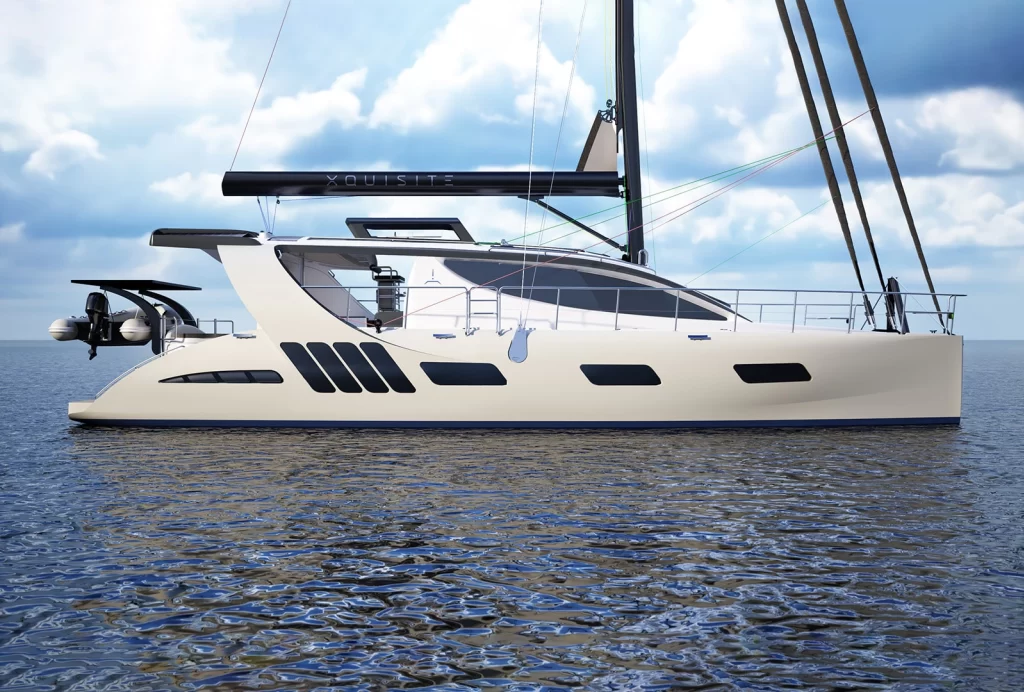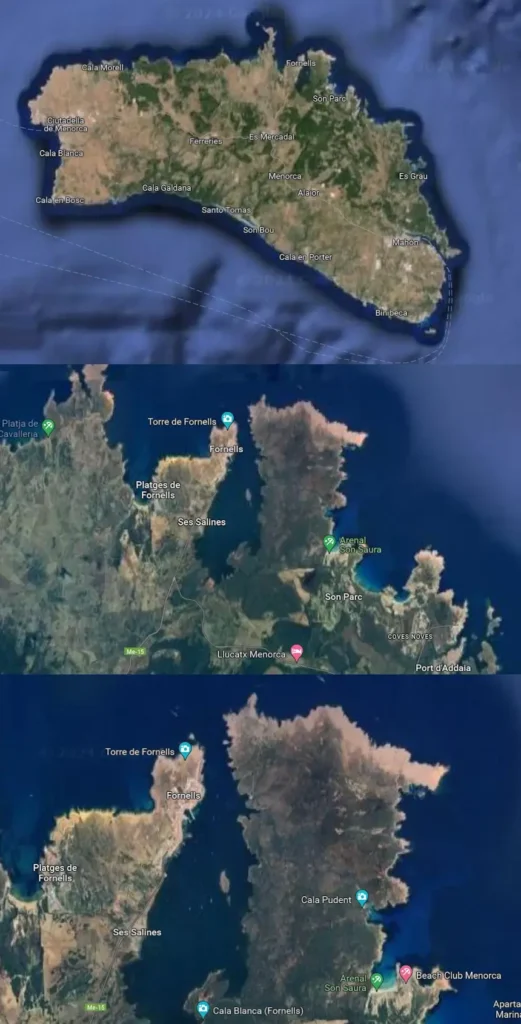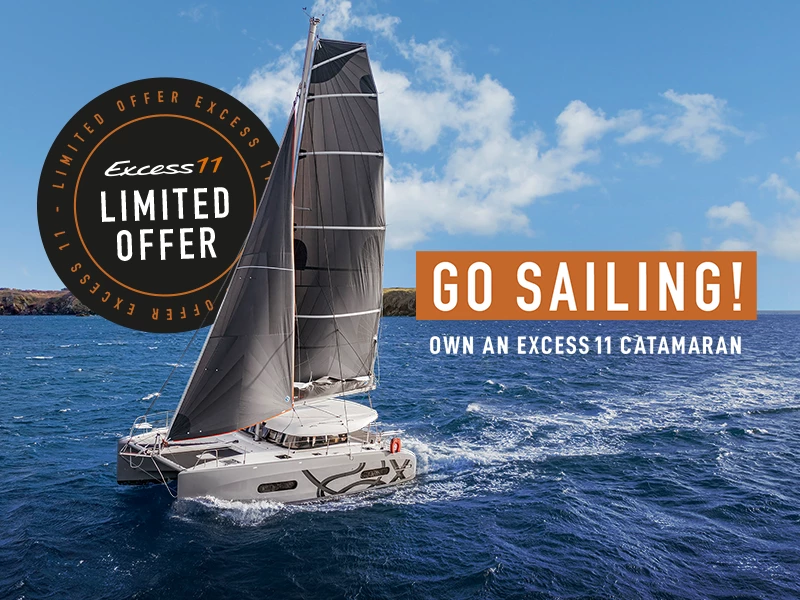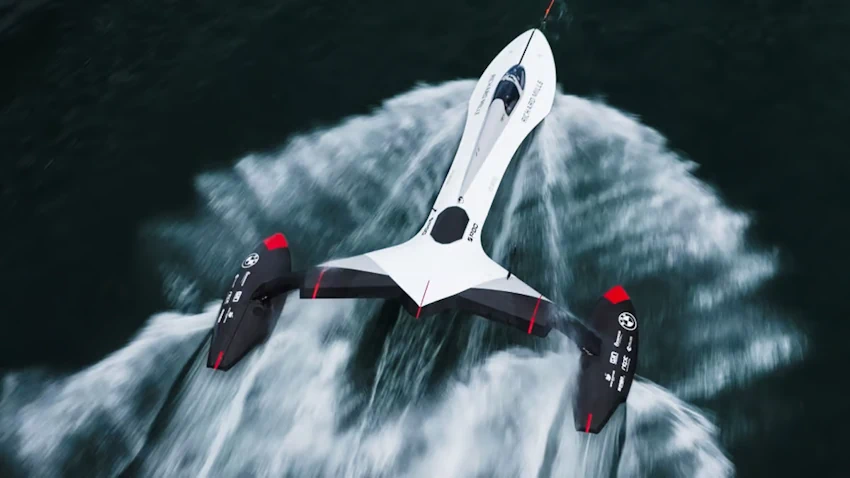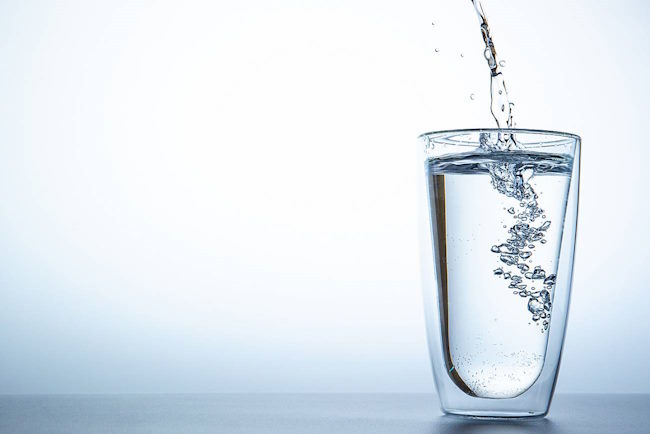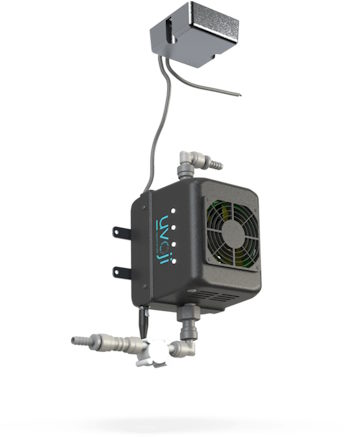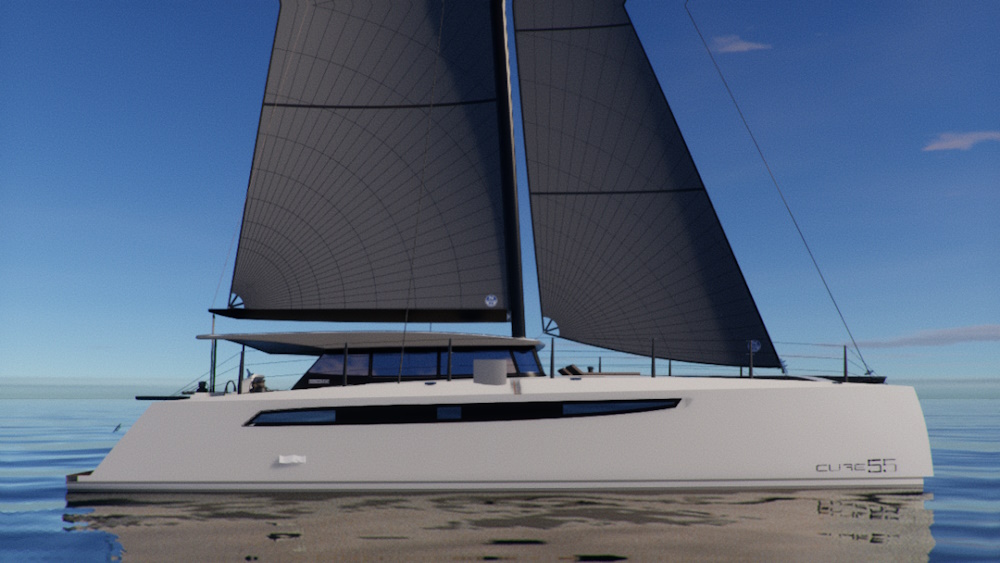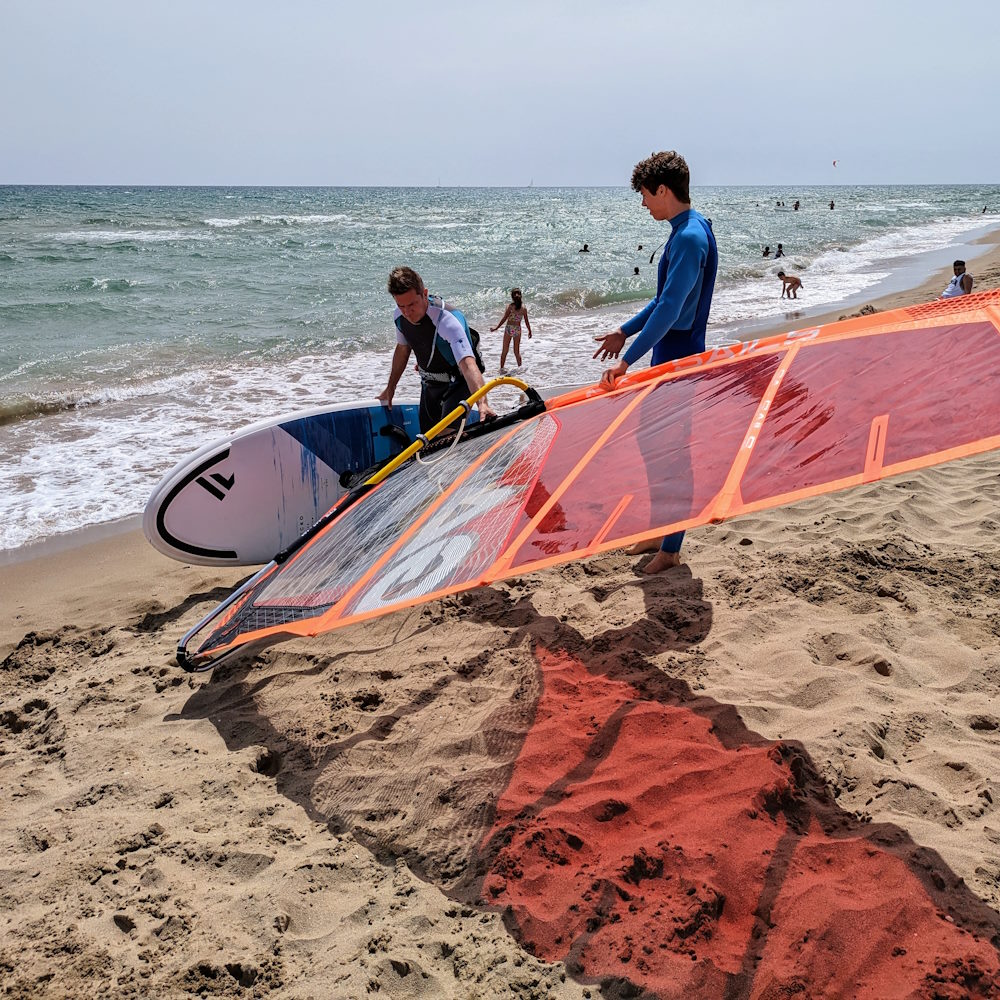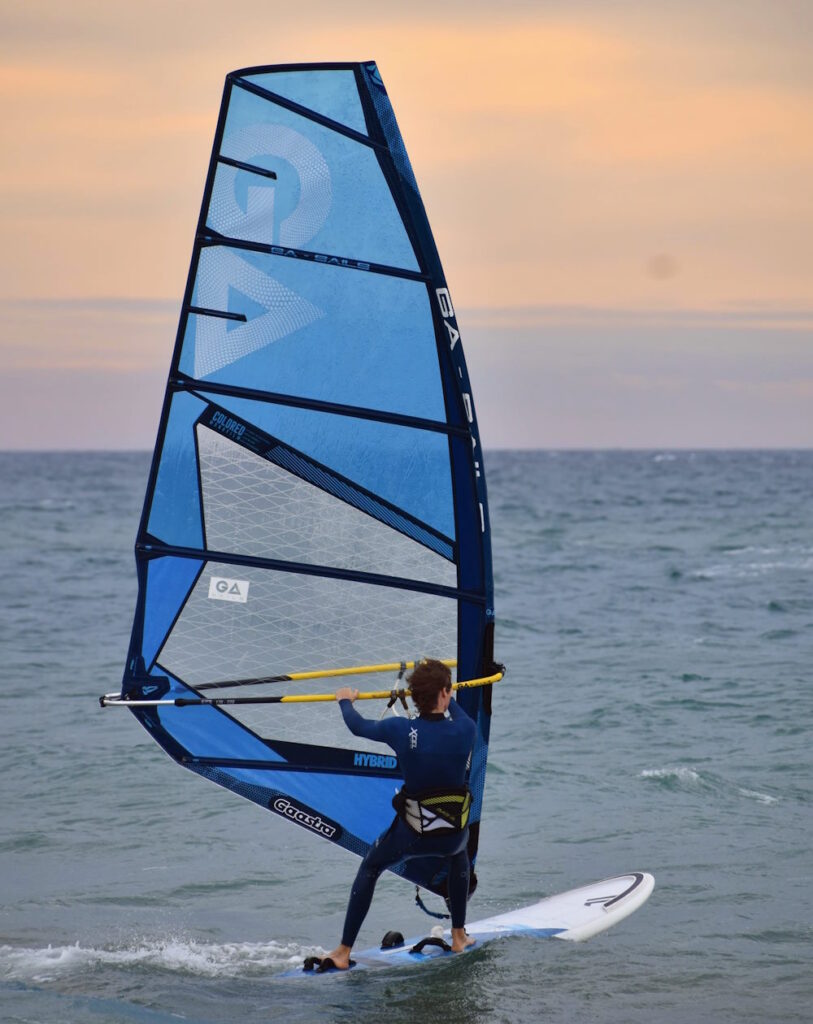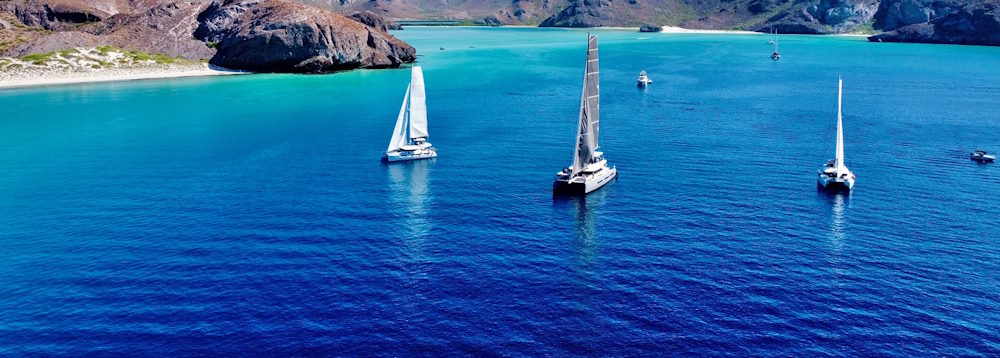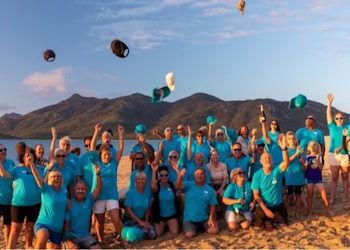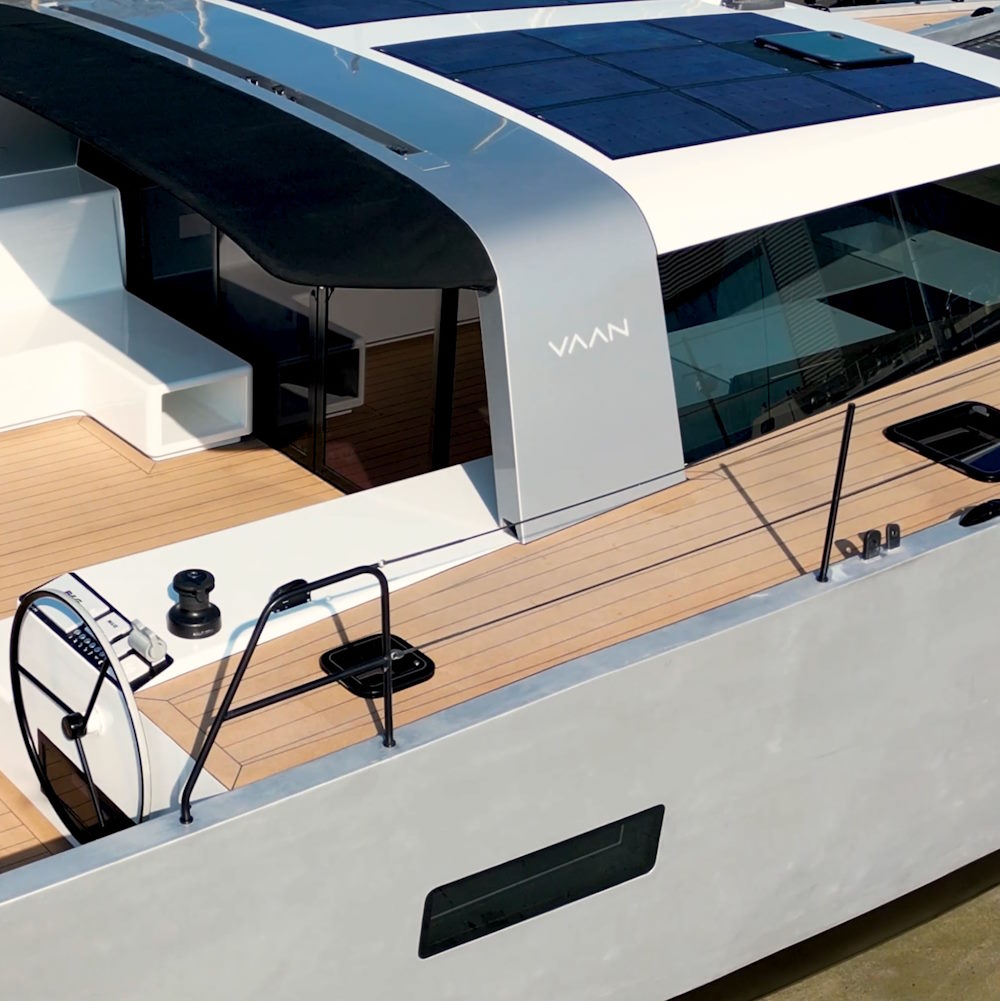We are all looking to reduce the amount of plastic we use, whether it’s those disposable coffee cups or reducing our use of plastic bottles and containers.
Lagoon is doing their bit to help customers achieve the latter with a new partnership with Uvoji, a leader in water purification systems (UVC LED). There will be no need to store water bottle packs on board a Lagoon. Travel with peace of mind and enjoy healthy water straight from the tap, for all everyday uses!
This partnership is one part of Lagoon and the Beneteau Group’s ambitious environmental strategy.
The partnership covers all future Lagoon catamarans from 40 to 78 feet, which will be fitted with the innovative
Oji Nautic water treatment system as standard.
Lagoon chose Uvoji to equip its catamaran fleet thanks to their LED UV-C technology, Oji Nautic. The aim is to phase out the use of plastic bottles on board, promoting plastic waste redcution and preserving the environment.
Thomas GAILLY, Director of the Lagoon brand, said: “The UVOJI solution allows our owners to take to the sea without piling up numerous plastic bottles on board, while enjoying pure water throughout their voyage. A great step forward in the field of eco-yachting”.
How Does Uvoji Work?
Adapted for the marine environment and Lagoon’s electrical installations, the Oji Nautic water purifier uses the germicidal properties of ultraviolet light (UV) to eliminate bacteria, viruses, and contaminants from tank water, ensuring a supply of pure fresh water on board .
Ultra-compact, lightweight, and silent, Oji Nautic provides sailors with a simple, fast, and effective solution for drinking water at sea.
The unit is 16cm in height, weighs just 0.9kg and offers a maximum flow rate of eight litres per minute: a simple, fast and silent solution for drinking-water without chlorine or chemicals. The durable system is easy to operate, with low maintenance and little impact on batteries due to its low power consumption.
Thomas Zunino, the CEO of Uvoji, said “We are very pleased and proud of this 100% French partnership with the Lagoon Catamarans brand and the Beneteau Group, a world leader in eco-navigation. Our technology makes a significant contribution to preserving the environment by offering an ecological alternative to the consumption of bottled water and therefore to single-use plastic, a considerable source of ocean pollution. By offering yachtsmen the ability to consume water on board simply, safely, and efficiently wherever they are at sea, at anchor or in port, we are working alongside the Beneteau Group and SEIMI to offer a more environmentally friendly way of sailing.”
SEIMI, the exclusive distributor of Oji Nautic systems for the maritime and river transport market in France, will play a key role in the implementation of this collaboration thanks to its expertise and experience.
